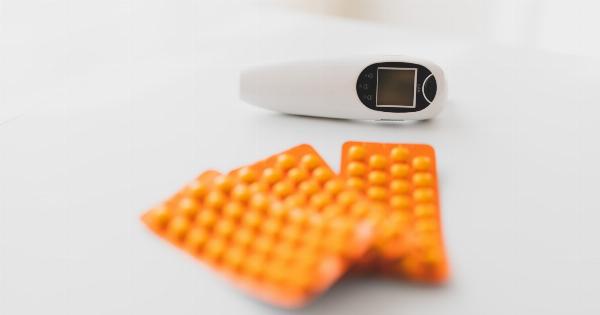Pain management is a billion-dollar industry, and it is not only about taking painkillers. Pain management involves a wide range of treatments that rely on both traditional and unconventional techniques.
Two of the most widely used pain management treatments, heat, and cold therapy, have been the subject of much discussion and debate in recent years.
What is Heat Therapy?
Heat therapy is an ancient technique that has been used for centuries. It utilizes heat to reduce pain, relieve stiffness, and enhance blood circulation. Heat therapy involves the application of heat to the affected area for a prolonged period.
It can be applied using heating pads, warm compresses, and hot water bottles, to name a few. The heat application helps to dilate blood vessels, which then increases blood flow and oxygen supply to the affected area.
What is Cold Therapy?
Cold therapy, on the other hand, is more of a modern approach to pain management. It involves the application of cold to the affected area using ice packs, ice baths, and cold compresses.
The idea behind this therapy is to reduce inflammation, swelling, and pain. Cold therapy works by constricting blood vessels, which slows down blood flow to the affected area, and thereby, reduces inflammation and swelling.
The Battle between Heat and Cold for Pain Management
The debate between heat and cold therapy has been raging on for years. Both are effective pain management treatments, but they work differently.
While heat therapy is ideal for pain that is caused by tension, strains, or spasms, cold therapy is best suited for injuries, swelling, and inflammation.
When deciding between heat and cold therapy, it is important to understand what causes the pain.
Heat therapy is particularly useful for conditions such as arthritis, menstrual cramps, and neck and back pain, while cold therapy is useful for acute injuries, such as sprains, strains, and bruises.
When to Use Heat Therapy?
Heat therapy is best for pain that is chronic and may be caused by tension, spasms, or stiffness. It is also useful for muscle aches, joint pain, and arthritis.
Heating pads or hot water bottles can be used for moderate to severe pain, while warm compresses can be used for mild pain.
Heat therapy should not be used for inflammation, as it may increase inflammation and swelling. It should not be used for injuries, such as sprains or strains, or if there is a history of diabetes, deep vein thrombosis, or peripheral artery disease.
When to Use Cold Therapy?
Cold therapy is best when applied immediately after an acute injury, such as a sprain or a bruise. It is also useful for reducing inflammation, swelling, and pain. Ice packs or cold compresses can be used to reduce swelling and alleviate pain.
Cold therapy should not be used for conditions that cause muscle cramps or stiffness. It should also not be used for conditions that are already warm, such as infections or inflammations.
The Benefits of Heat Therapy
Heat therapy is an effective way of minimizing pain and stiffness associated with numerous conditions. It has several benefits, including:.
- It increases blood flow to the affected area, which increases oxygen and nutrients to the area, allowing for a faster healing process.
- It relaxes muscles and eases tension, which can reduce pain and stiffness in the affected area.
- It soothes menstrual cramps by increasing blood flow and providing a relaxing sensation.
- It is an easy and inexpensive way of managing pain.
- It does not have any side effects.
The Benefits of Cold Therapy
Cold therapy is an effective pain management technique that has several benefits, including:.
- It helps to reduce inflammation and swelling associated with injuries or arthritis.
- It numbs the affected area, which can alleviate pain.
- It helps to reduce fever by lowering the body temperature.
- It is a simple and easy technique that can be administered in the comfort of one’s home.
The Downsides of Heat Therapy
Heat therapy is not suitable for everyone and can cause certain side effects. Some of the downsides of heat therapy are:.
- It can worsen swelling or inflammation.
- It can cause burns or skin damage if the temperature is too high.
- It is not recommended for pregnant women or people with mobility issues.
The Downsides of Cold Therapy
Cold therapy also has its downsides and may not be suitable for everyone. Some of the downsides of cold therapy are:.
- It can cause skin damage or frostbite if applied for too long or too frequently.
- It can be uncomfortable and cause shivering.
- It is not suitable for people with Raynaud’s disease, which causes blood vessels to constrict abnormally.
Conclusion
Heat and cold therapy are both effective pain management techniques. The therapy chosen depends on the type of pain, the cause of pain, and individual preference.
Heat therapy is best suited for chronic pain, while cold therapy is ideal for acute injuries. While heat therapy can worsen inflammation, cold therapy can cause skin damage or frostbite if applied for too long or too frequently.
It is essential to consult a healthcare provider before using either of the therapies, especially if you have an underlying medical condition.






























